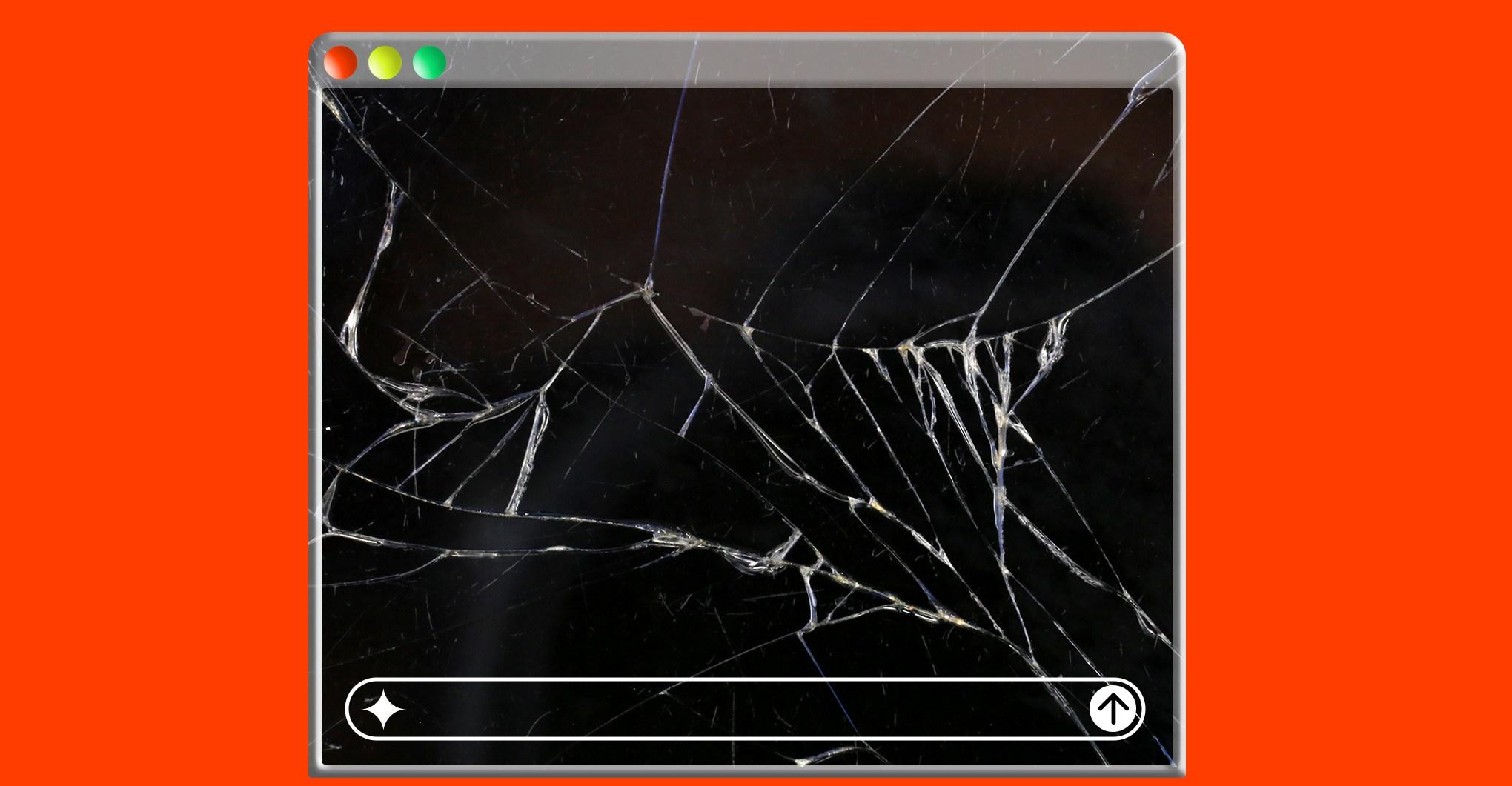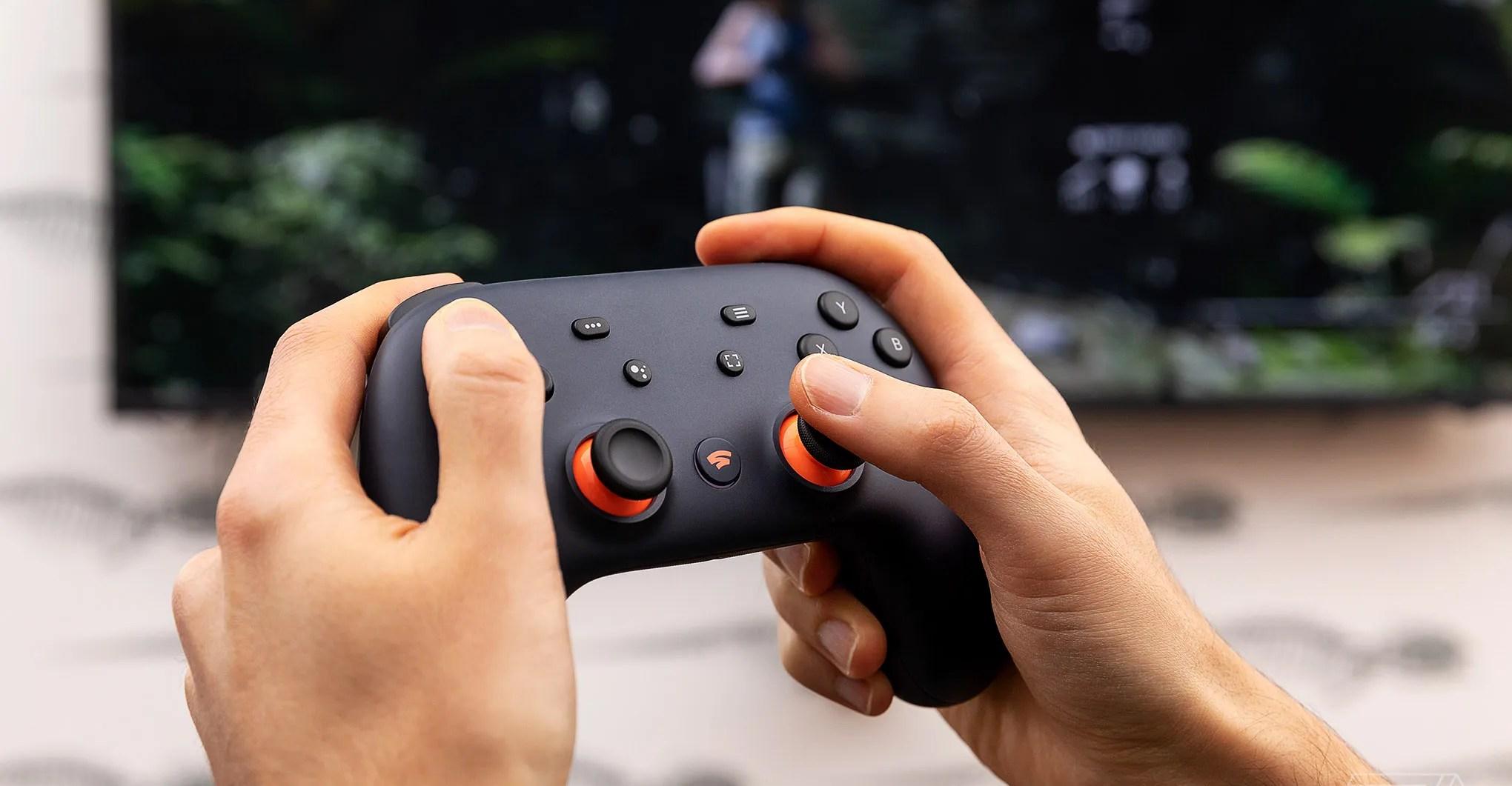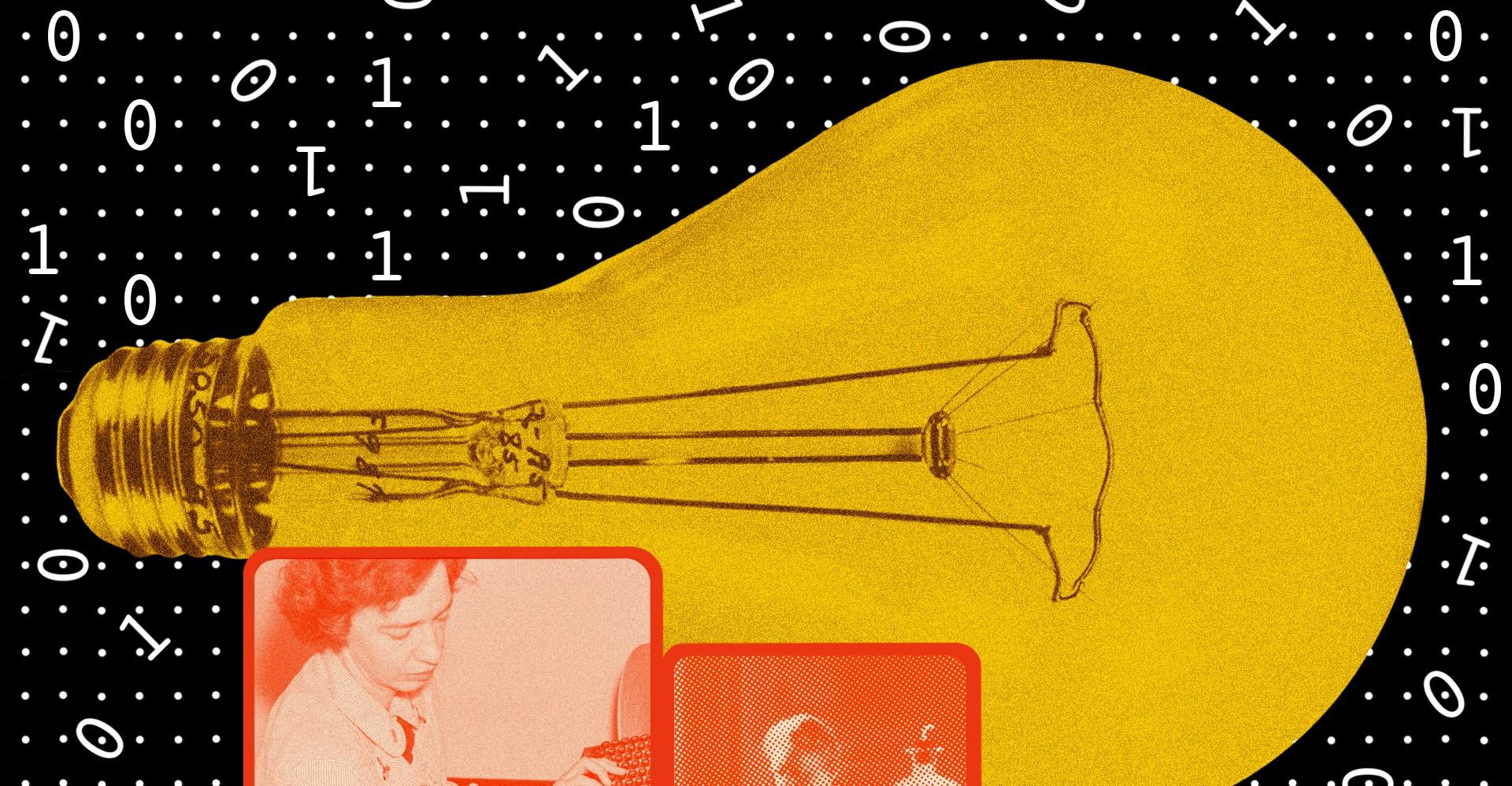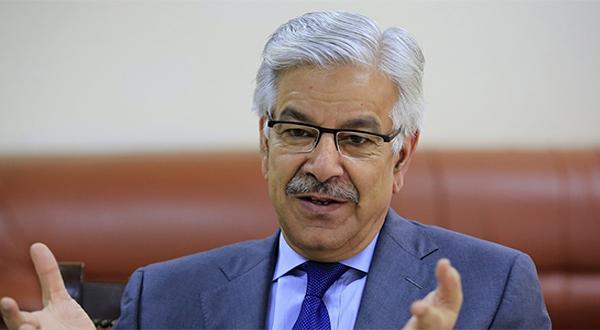Look around and you might see it: the telltale signs that the #Resistance has been born again. A-list celebs are rallying for and endorsing Vice President Kamala Harris; Zoom calls of Black, Latino, female, and young voters are reaching capacity; the coconut-…

Published a year ago on Aug 2nd 2024, 12:00 pm
By Web Desk

Look around and you might see it: the telltale signs that the #Resistance has been born again. A-list celebs are rallying for and endorsing Vice President Kamala Harris; Zoom calls of Black, Latino, female, and young voters are reaching capacity; the coconut-tree and brat memes keep coming. Even cringe and earnest #Resist merch is back — now in the form of organic Kamala Harris merch. The political movement that materialized organically, protested policy decisions, and eventually helped end Donald Trump’s presidency may now be taking on a second political life with the goal of not just beating Trump, but electing the first woman president. None of this was a sure thing. Just a few months ago it looked a lot like the anti-Trump #Resistance was dead. Progressive organizers and activists were exhausted; Trump fatigue had settled in. And voters of all kinds were tuned out and unenthusiastic about the candidate choices they had. That dynamic has flipped — for now. But what remains uncertain is whether this energy can mobilize record numbers of voters like it did in 2020, or if it exists in a bit of an echo chamber, like the energy that fired up Hillary Clinton’s hardcore supporters but failed to produce a winning coalition. How the #Resistance fell off The sour vibes earlier this year were a far cry from the energy that dominated during the Trump years. The Resistance was born after the unexpected election of Trump in 2016. The pink hats marched on Washington the day after his inauguration; plenty more college-educated Americans, women, young people, suburban voters, and LGBTQ people were mobilized in those early Trump years to protest the Muslim ban, gun violence, and the separation of families at the southern border. The energy carried on. “Resist libs,” as they were sometimes derisively called by both disapproving leftists and hostile conservatives, voted in record numbers during the 2018 midterms and helped flip the House of Representatives. They rallied around special counsel Robert Mueller’s investigations into Trump and Russia, and they cheered then-Speaker Nancy Pelosi during the first Trump impeachment. A sprawling Democratic primary field in 2019 helped to keep this cohort of liberal, college-educated, and suburban voters galvanized. By the time the 2020 election came around — and despite the pandemic hampering some of these organizing efforts — the primarily liberal movement had grown along with a loose alliance of disaffected independents and Republicans, progressive youth, and many voters of color to form a winning coalition that ousted Trump from the White House and delivered a Democratic majority in Congress. That movement quickly splintered once Biden won, and those divisions only grew as his presidency continued. The overturning of Roe v. Wade in the summer of 2022 did fuel a short-lived revival, as pro-abortion rights voters and the remnants of the Resistance turned out in that November’s midterms to stop election deniers and anti-abortion candidates, holding back a red wave. But the outbreak of the Gaza War, stubbornly high inflation, and concerns over Biden’s age all worked to tamp down that anti-Trump energy. By the end of 2023, only 68 percent of Democrats had high interest in the election, compared to 75 percent of Republicans. The same story remained true throughout this year: Americans hated their options. Shares of double-haters reached record highs, making up about a quarter of all adults by this June. Throughout it all, Republicans remained loyal to Trump: in one poll before the June 27 debate, 60 percent of Trump voters said they were “very enthusiastic” to vote for him. Only 43 percent of Biden supporters said so. Biden’s support among Democrats collapsed after the June presidential debate. The vibe shift is real Now with Harris at the top of the ticket, much of the Democratic base has reconsolidated. The enthusiasm that a lot of the media coverage has picked up on is real — specifically among Democrats. Whereas only 62 percent of Democrats were enthusiastic about voting back in February, 88 percent of Democrats say that they are now, according to a CNN comparison of polls by Ipsos and Monmouth University. The switch-up is so dramatic that Democrats are now outpacing Republicans in terms of how excited they are to vote for their party’s nominee. Of course, part of this bounce back in support can be attributed to just how unhappy Democrats and voters in general were with Biden as the nominee. But there are plenty of signs that a new kind of energy has reanimated the disparate constituencies that make up the Democratic base and were at the heart of the first incarnation of the anti-Trump resistance movement. Within days of Biden dropping out of the race and Harris becoming the presumptive nominee, tens of thousands of Americans have joined organizing calls specifically focused on mobilizing identity groups: 44,000 people joined a “Win With Black Women” Zoom call the same day Biden dropped out; 45,000 joined a “Win With Black Men” call; 164,000 joined a “White Women: Answer the Call” Zoom meeting; similar meetings were organized for white men, for Latina women, and will be held for Latino men. What makes these different from standard campaign coalition-building is that they are primarily being organized by the same kinds of activist groups and organizations that were important during the rise of the original #Resistance — groups like Run for Something, Indivisible, Moms Demand Action, and Swing Left. Many function independently of any official Democratic campaign or the party itself. Others are newer, like Voters of Tomorrow or Gen Z for Change, which focus on reaching younger voters, or are issuing their first political endorsements, like March for our Lives. Still, it’s too early to say if this shift will last, or if we’re just in the middle of a honeymoon period of excitement. Voters may become dissatisfied again — almost half of Democrats still say they feel scared or apprehensive about the election — and that’s why a revived #Resistance will be more crucial than ever. More than the memes, more than the merch, what Harris needs is classic organizing. The groups that are mobilizing now, especially those reaching voters of color and younger voters, say that this is just the start of their efforts to reengage segments of the electorate. A consistent level of engagement will be necessary to ensure that the optimistic feelings of the last few weeks cement themselves into the kind of 2020 #Resistance king of mobilization, instead of the just-vibes, era-of-good-feelings that permeated the Democratic electorate in 2016 — and failed to stop Trump the first time. This story originally appeared in Today, Explained, Vox’s flagship daily newsletter. Sign up here for future editions.
Police recover gold from accused's husband in Dr Warda murder case
- 17 hours ago

Chatbots are struggling with suicide hotline numbers
- 10 hours ago

Disney wants to drag you into the slop
- 10 hours ago
Australia plans tougher gun laws after police say father and son killed 15 at Bondi Beach
- 17 hours ago
FIFA hails 5M WC ticket requests amid backlash
- 9 hours ago

Remember Google Stadia? Steam finally made its gamepad worth rescuing
- 10 hours ago
Govt slashes diesel price by Rs14 per litre
- 12 hours ago

Why Republicans in Congress are turning against Trump
- 8 hours ago

IHC summons Registrar Karachi University in Justice Jahangiri’s degree case
- 18 hours ago

The biggest mosquito-borne disease in the world has a cure. There’s just one problem
- 8 hours ago
Messi mania peaks in India’s pollution-hit capital
- 18 hours ago

Control’s action-RPG sequel launches in 2026
- 10 hours ago
You May Like
Trending






